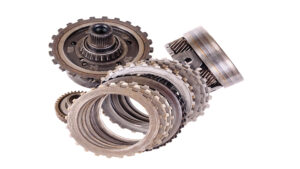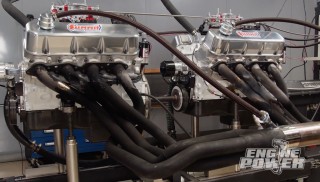How To Find An Engine’s Compression Ratio
When building any engine, one of the most important factors to consider is compression ratio. The parts you choose for your build are designed to achieve a specific compression ratio but that is totally dependant on what you’re doing.
Compression ratio is the maximum volume of the cylinder divided by the minimum volume of the cylinder. Another way to put it is the volume of the cylinder at BDC divided by the volume of the cylinder at TDC.
What makes compression ratio so important? It directly affects the power level and operating range of a given engine application. Generally speaking, the higher the compression ratio of the engine the higher the potential power output. Higher octane fuels are required for most high compression engines to achieve optimum power output.
Strictly speaking, static compression ratio measures volume only, not pressure. There are high compression low cylinder pressure engines that are designed primarily for fuel efficiency and not just outright power. There are five variables that affect compression ratio and changing any one of these factors will raise or lower it.
First is the swept volume of the cylinder. If you change the bore or stroke of a cylinder, you’ll change the volume of that cylinder and therefore its compression ratio.
Second is combustion chamber size. Increasing it will lower the pressure ratio and decreasing it will raise the compression ratio assuming that no other changes have been made.
Third is head gasket volume which means the gasket’s bore size and its thickness. You might not realize it but the variations in head gasket volume can increase or decrease compression ratio by over half of a point.
Fourth is the volume of a cylinder at TDC with no other components. In most engines, the piston stops just shy of being level with the deck of the engine block. This small volume of additional space lowers the static compression of the engine slightly.
And finally, fifth is piston volume. A dome-shaped piston takes away volume which increases static compression. A dish-shaped piston adds volume, therefore, decreasing compression.
Want to read more articles like this?
Join the PowerNation Email NewsletterRead More from PowerNation
Video Player is loading.
Current Time 0:00
/
Duration 0:00
Loaded: 0%
0:00
Stream Type LIVE
Remaining Time -0:00
1x
- Chapters
- descriptions off, selected
- captions off, selected
This is a modal window.









